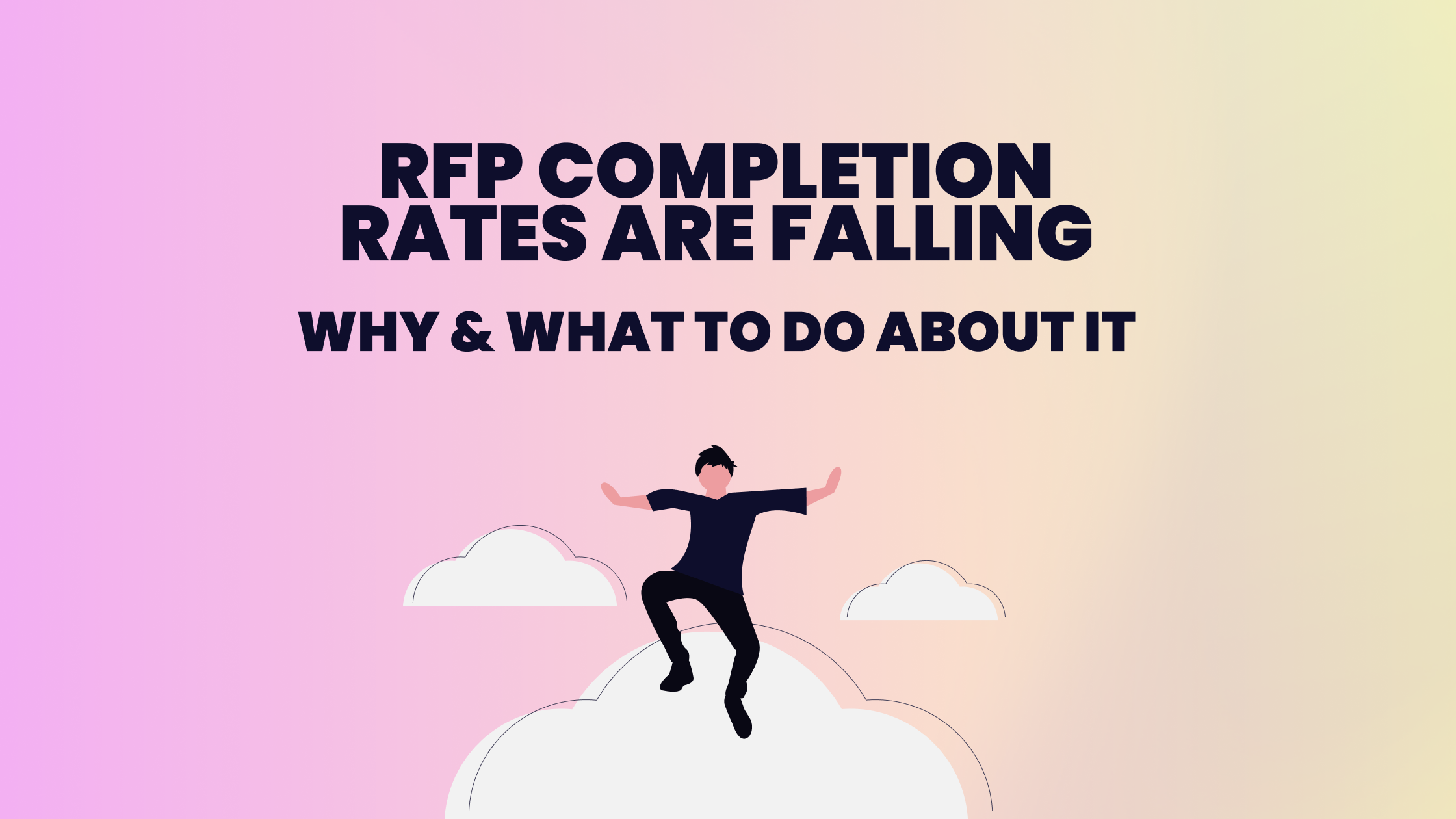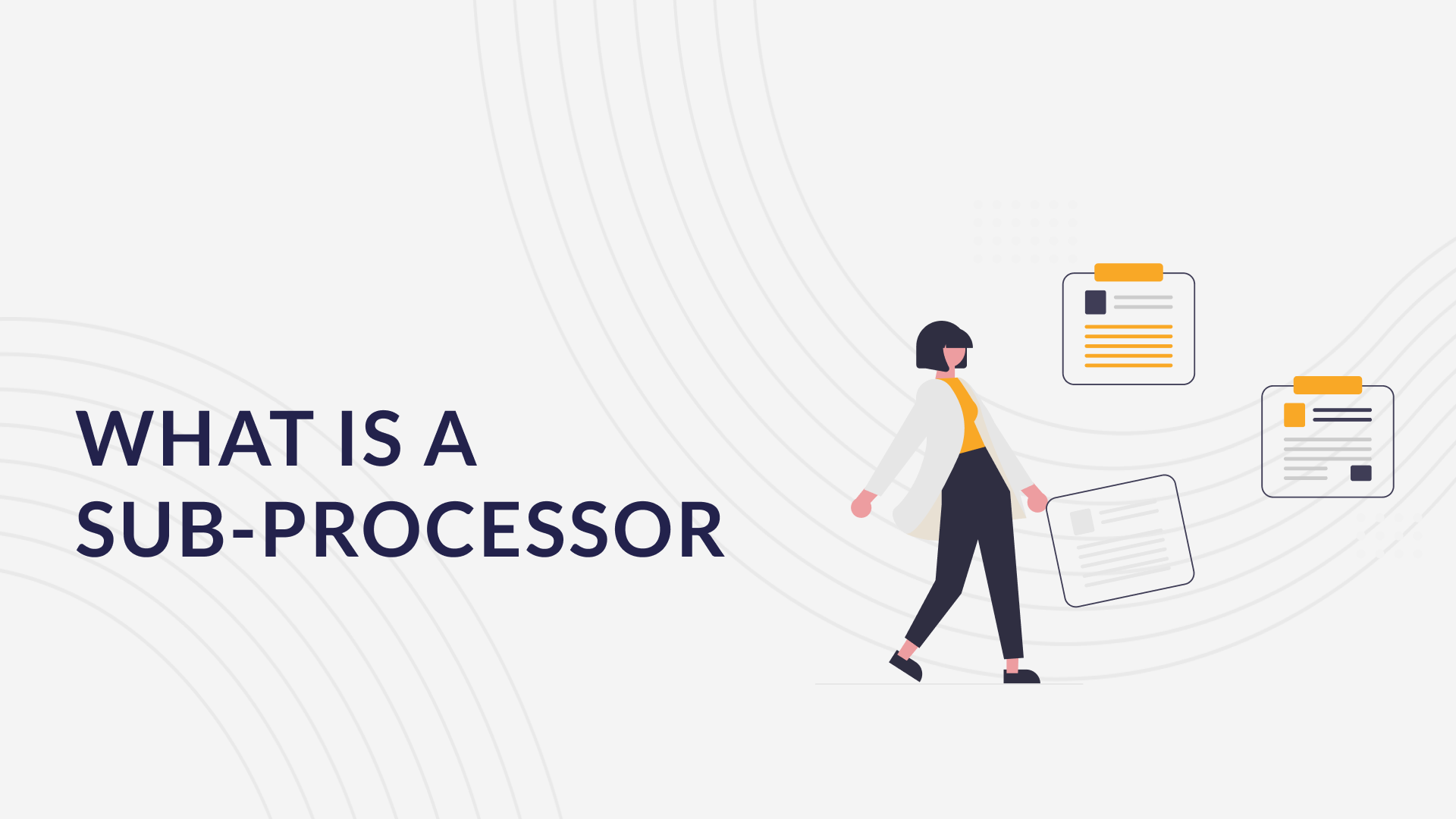For businesses looking to purchase goods or services in a structured and competitive way, issuing an RFQ (Request for Quotation) is a common practice. On the other side, vendors who understand how RFQswork and how to respond effectively can unlock new revenue opportunities, especially when selling to mid-market and enterprise clients.
Who is this for?
If you’re a sales or procurement manager at a B2B company struggling with tight deadlines, unclear requirements, or low win rates when responding to RFQs, this guide will help you streamline your process, qualify better opportunities, and improve your chances of success.
What is an RFQ?
What does RFQ mean in business?
An RFQ is a formal document sent by a company to potential vendors asking for pricing and commercial terms for specific products or services. Unlike broader RFPs (Requests for Proposal), RFQs are focused primarily on cost. They’re typically used when specifications are already clearly defined, and the buyer’s main goal is to compare prices.
Common industries using RFQs
RFQs are widely used across industries such as:
- Manufacturing: To source parts, raw materials, or components.
- Construction: For subcontractor work or equipment procurement.
- Technology: When buying software licenses or hardware.
- Retail and Distribution: For supplier quotes on wholesale goods.
Step-by-Step RFQ Process for Vendors
Step 1: Review the RFQ thoroughly
Read the document carefully. Understand what the buyer is asking for, how they will evaluate responses, and what documents or certifications you’ll need to include.
Step 2: Assess fit and feasibility
Is this opportunity right for you? Check if you can deliver on time, meet requirements, and compete on price. Avoid wasting time on low-fit opportunities.
Step 3: Gather required documentation and data
This might include pricing tables, product specifications, case studies, references, or compliance documentation. Organize everything before you begin your response.
Step 4: Draft and tailor your response
Customize your pricing and messaging to the specific buyer. If allowed, highlight differentiators such as service quality, delivery times, or added value.
Step 5: Review, refine, and format
Before submitting, double-check all data and polish the formatting. A well-organized, typo-free response builds trust and shows professionalism.
Step 6: Submit by the deadline
Late submissions are often disqualified. Aim to submit early and confirm receipt if possible.
Types of RFQs and When Are They Used
Open bid vs sealed bid
- Open bid: All vendors see each other's quotes, which can drive prices down.
- Sealed bid: Bids are kept confidential until the deadline. This avoids price anchoring and encourages true cost estimates.
Invitation for Bid (IFB)
An IFB is similar to an RFQ but is often used in public procurement. It emphasizes compliance with strict rules and technical criteria.
Reverse auction RFQs
In this model, suppliers submit lower and lower prices in real time to win the contract. It’s used when cost is the primary factor and quality is standardized.
Challenges and Solutions of RFQs
Tight Deadlines and Last-Minute Requests
Challenge: RFQs often arrive with little notice.
Solution: Build a response library and use AI-driven tools to accelerate your process.
Repetitive and Time-Consuming Questionnaires
Challenge: Many RFQs reuse similar questions.
Solution: Reuse answers from past responses with automation to save time.
Lack of Clarity in Requirements
Challenge: Ambiguous specs can lead to confusion.
Solution: Don’t hesitate to ask the buyer for clarification, most will appreciate it.
Competing on Price Alone
Challenge: It’s hard to stand out if the lowest bid always wins.
Solution: Emphasize value-added services or longer-term cost savings.
Inconsistent Internal Collaboration
Challenge: Collecting information from legal, finance, or engineering can slow you down.
Solution: Create shared folders or assign RFQ leads to streamline internal workflows.
Low Win Rates
Challenge: High effort, low return.
Solution: Track win/loss reasons and focus on high-fit, winnable opportunities.
Key Takeaways & Wrap Up
RFQs can be a fast track to winning new business, only if you have the right approach. Whether you’re a startup responding to your first questionnaire or a seasoned vendor, improving your RFQ response process can lead to faster turnarounds, more consistent submissions, and higher win rates.
- RFQs focus on pricing for clearly defined products or services.
- Success depends on speed, clarity, and customization.
- Streamlining internal collaboration and using smart tools can make RFQs far less painful.
- Not every RFQ is worth your time—qualify opportunities carefully.
What is an RFQ - FAQs
What’s the difference between an RFQ and an RFP?
An RFQ focuses on price for well-defined products. An RFP includes broader evaluation criteria like strategy, implementation, and fit.
Can small businesses respond to RFQs?
Absolutely. Many companies prefer working with agile vendors who can deliver quickly and cost-effectively.
How long do vendors have to respond?
It varies from a few days to several weeks. Always check the deadline in the RFQ document.
How should I format my RFQ response?
Follow the buyer’s instructions. Typically, responses are submitted via email, PDFs, or through procurement platforms.
What’s a reverse auction?
A type of RFQ where suppliers compete by lowering their prices in real time until a winner is selected.



